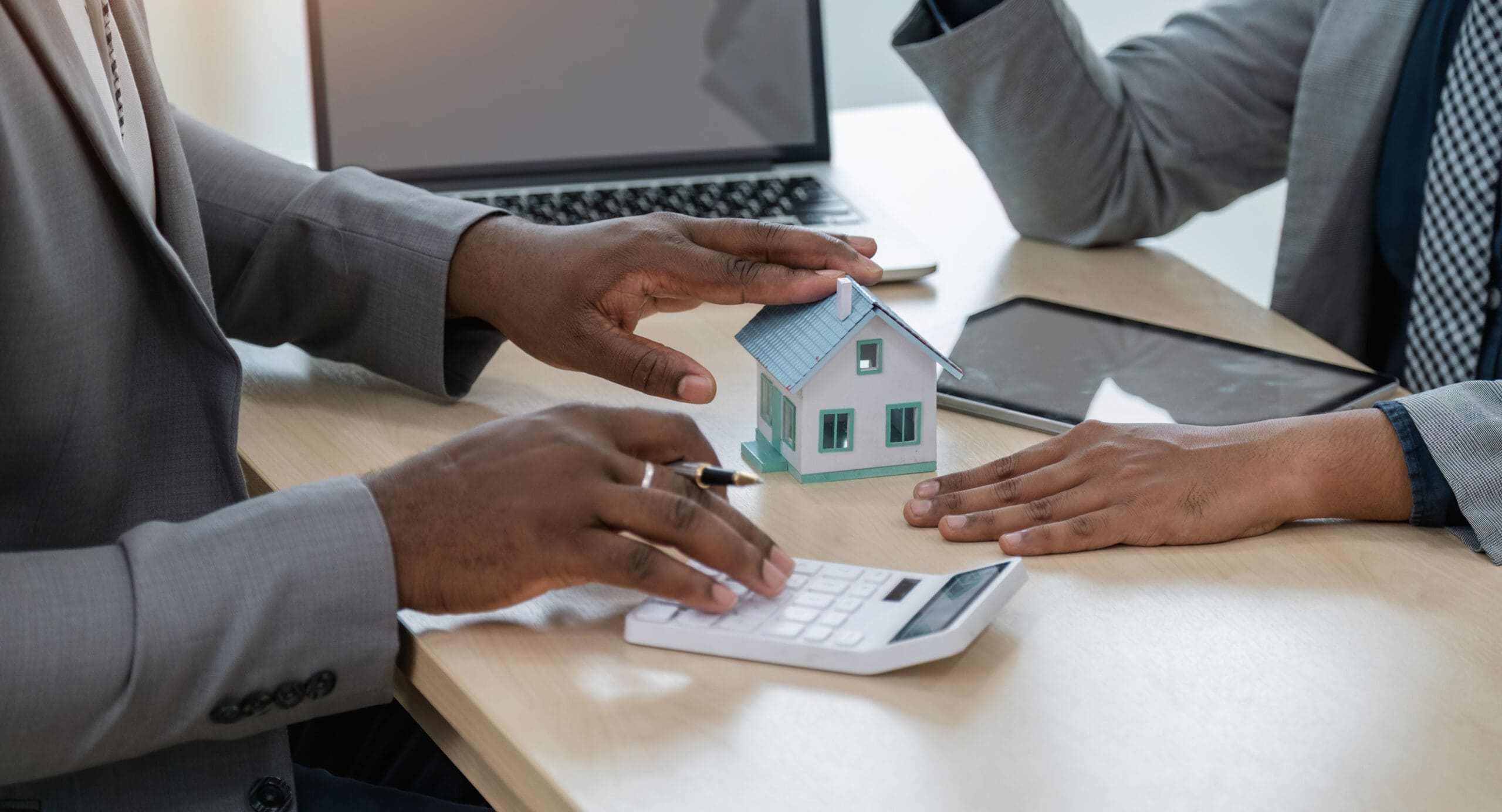Contributing to an RRSP (Registered Retirement Savings Plan) may have additional benefits, if, you are looking to purchase a home.
The Federal government ‘Home Buyers’ Plan’ program (HBP) was originally made available to Canadians in 1992, to help make the reality of homeownership more affordable. Allowing first time qualifying homebuyers in Canada to withdraw funds from their RRSP without penalty, the program has made homeownership a dream come true for millions of Canadians since its inception. While many first-time buyers may have used the HBP years ago, they may not be aware of some revisions that came into effect as of March 19, 2019.
In 2019, changes to the existing program may once again grant you the opportunity to draw funds from your RRSP account for a down payment without a tax penalty, shares Rhonda Hemsing, Chartered Professional Accountant and Owner of Rhonda S. Cockwill Professional Corporation, even if you have done so in the past. “The 2019 Federal budget made two significant changes to the HBP you may not be aware of. Firstly, it increased the eligible withdrawal amount to 35,000 dollars (from 25,000 dollars), and secondly, it extended the definition of a ‘first-time home buyer’ to permit those going through separation and divorce to have access to the plan.”
Understanding all the changes to the HBP has not been overly easy, says Hemsing, and not all financial professionals understand all the requirements you must meet to take part in the plan. The general qualifications you need to meet are as follows:
· You still must be considered a first-time homebuyer. That is, within the last four-year period you did not live in a home that you or your current spouse or common-law partner (CLP) owned. *** SEE BELOW.
· You must have a written agreement to buy/build a qualifying home.
· You must be a resident of Canada at the time of the withdrawal and up to the time the home is bought/built.
· You must occupy the home as your principal residence within one year after buying/building.
· Your HBP balance (if you previously used it) must be zero on January 1 of the year in which you make the withdrawal.
***This ‘four-year period’ definition has been altered for separating couples. Specifically, so long as you have been living separate and apart from your spouse/CLP for at least 90 days as a result of a breakdown in the marriage, you may be able to withdraw funds under the HBP if you are living apart at the time of the withdrawal and you began to live apart in the year the withdrawal is made or in the prior four years.
The changes made to the HBP are significant, says Hemsing especially for couples dealing with a marital breakdown. “The spouse who is looking to ‘buy-out’ the other partner’s interest in the marital home can access the HBP (assuming all the other conditions are met). The key is the right timing to ensure the RRSP withdrawal is made no earlier than thirty days after the right to the house is acquired and no later than September 30 of the year following the withdrawal.”
Happy to share some of the recent changes, Hemsing says all interested applicants should reach out to a trusted accountant to ensure they meet all the qualifications for the HBP before withdrawing ANY funds. “Your RRSP contribution must be made at least 90 days before withdrawal under the HBP or the contribution would not be deductible. If you don’t meet the qualifications, any RRSP money withdrawn will be considered income, which you will then be taxed on. The information I provided here is in broad strokes, and each person looking to use the HBP must assess their eligibility based on the full requirements set out by the CRA (Canada Revenue Agency). A T1036 form, ‘Home Buyer’s Plan Request to Withdraw’ must also be completed.”
While the recent changes could be extremely helpful, Hemsing suggests reading all the information associated with the Home Buyers’ Plan by visiting the Canada Revenue Agency website HERE or contacting her office at 403-851-2002.
If you do qualify and utilize the Home Buyers’ Plan, you will then have fifteen years to repay the borrowed amount to your RRSP account from which the funds were withdrawn.



